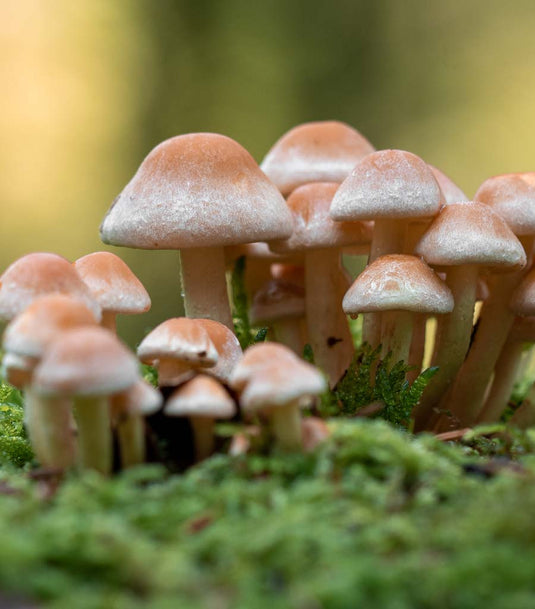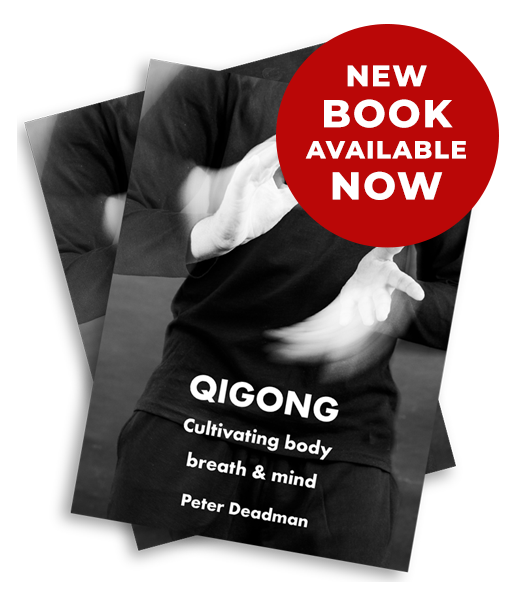Mushrooms are a mysterious and magical food and medicine – prized in most traditional cultures for their healing, nourishing and transformational qualities.
In the oldest Chinese medicine pharmacopoeia, Shen Nong’s Herbal Classic (300 BCE and 200 CE), herbal medicines were divided into three classes – superior, middle and inferior. The superior class was made up of precious substances which, though mild in effect, if taken over long periods of time (months and years) could heal the body and extend the lifespan with no harmful side effects. Six different varieties of the mushroom Ganoderma lucidum (Ling Zhi in Chinese, Reishi in Japanese) are listed in the upper class. The name Ling Zhi translates as ‘miraculous’ or ‘sacred’ plant and is associated in Chinese culture with long life, health and recuperation, wisdom and happiness. Although taken as medicine rather than eaten as food, pictures or sculptures of the mushroom will frequently be seen in Chinese restaurants and homes. The god of longevity, for example, is often depicted holding ling zhi. Ganoderma – along with other mushrooms – is the subject of continuing research into its anti-cancer, immune enhancing and immune regulating properties.
As a food, mushrooms have the unique properties of synthesising vitamin D from sunlight and also contain small quantities of vitamin B12 – the only non animal substance with these properties. They are also rich in umami – the ‘fifth’ taste. As one of the few plant sources of umami they play a key role in vegetarian diets – adding deep and savoury flavours.
In nature, mushrooms are the largest known living plant – the hidden mycelial bodies running up to several kilometres beneath the earth – only appearing on the surface as mushrooms to fruit and reproduce. The mycorrhizal network describes the incredible symbiotic relationship between the tips of plant and tree roots and the mushroom mycelium. Each feeds the other – exchanging sugars, minerals and water. One result of this is that nursery trees are able to survive in dark crowded woodlands without access to nourishing light – ready to take their place when large trees fall.
Mushrooms break down fallen trees and branches, returning them to the soli as compost. They have the extraordinary ability to digest complex substances and transform them back into their simplest ingredients. This explains their use to detoxify and restore soils contaminated with oil and tar, radiation and poisonous chemicals.
Finally, they have been used throughout human culture as mind-altering substances – helping us access aspects of consciousness not otherwise readily available to us. Although research into the psychedelic properties of mushrooms has been either illegal or unfundable for many years, this is now changing and the extraordinarily profound healing properties of mind-altering mushrooms is being revealed. In the latest study, a single high dose of psilocybin (magic) mushrooms was given to cancer patients who commonly experience profound depression after their diagnosis. The psilocybin experience resulted in significant reductions in anxiety and depression and positive changes in “attitudes about life/self, positive social effects, and positive behaviour changes to the experience. A high percentage reported the experience to be among the five most personally meaningful of their lives'. The positive effects were still apparent at a 6-month follow-up and the researchers conclude that a single dose ‘may be sufficient to produce enduring decreases in negative moods in patients with life-threatening cancer’.
American College of Neuropsychopharmacology. “Active ingredient in magic mushrooms reduces anxiety, depression in cancer patients.” ScienceDaily. ScienceDaily, 10 December 2015. (www.sciencedaily.com/releases/2015/12/151210181635.htm).





